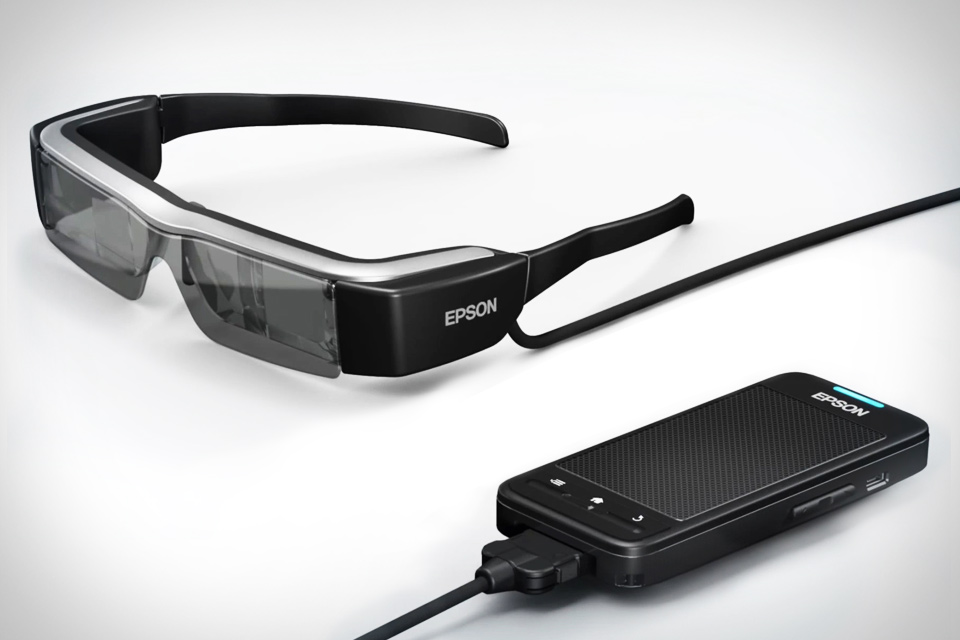
EYES ON THE FUTURE
Epson Releases Moverio BT-200 Smart Glasses
Epson’s next generation of wearable augmented reality platform Smart Glasses, the Moverio BT-200, are now available for purchase – and some of Australia’s top education and research organisations are leading the way in using and developing applications for them.
The Moverio BT-200s are already in use at the CSIRO, the University of Western Sydney, Griffith University, and Monash University’s CAVE2 Immersive Visualisation Platform and its Faculty of Information Technology.
With applications in entertainment, manufacturing, medical science particularly, the binocular, transparent smart glasses offer a display in each lens, right in the field of vision, projected into the user’s surroundings. They boast 2x the virtual screen size and work straight out of the box with common connectivity technologies such as wi-fi and Bluetooth, and Android apps certified by the Moverio App Store. With a front-facing camera and motion tracker, Epson says the model is shaping up to be a premier development platform for apps of the future and hands-free scenarios, delivering large, 2D or 3D images.
Dr Ruben Gonzalez – Senior Lecturer and Manager of the visualisation lab at the school of ICT, Griffith University
We were looking for a platform to be able to integrate our computer vision research with visualisation research for a variety of student projects in new application areas. I must say I’m impressed with the BT-200. So far I have used it as a remote terminal with a BT keyboard using VNC, and used it as a wearable computer. I’m still working on the software so I can use them as a remote client to a vision processing server but it looks promising. Our main application is for student research projects combining computer vision and data visualisation, which will make use of the glasses as a remote client to the vision/visualisation processing server. That said, I can see the Moverio BT-200 being of great use in the area of assistive technologies, combining computer vision/AI and visualisation.”
Dr David Barnes – Monash University
At Monash University, we operate the world’s largest CAVE2 immersive, ultra-scale visualisation facility. CAVE2 is an 84-million pixel, hybrid 2D – 3D display wall, curved into a cylindrical configuration and large enough for up to 20 people to explore a 3D scene. CAVE2 is used for the visualisation and analysis of large scientific and engineering datasets, as well as immersive environment simulation, collaboration, and arts and humanities applications. The intent in working with Moverio BT-200 is to explore augmented virtual reality as opposed to augmented reality, so that different users in the CAVE2 can overlay/see personalised data and or 3D models while viewing a common large dataset. The Moverio BT-200 pass through the 3D effect perfectly. Our strategy will be to get the demo applications running, then implement a simple test in the CAVE2 of using Moverio BT-200 to overlay some additional “heads up” information in the CAVE2 environment. We are pretty excited about glasses-based display technology as a way to augment the ultra scale immersive environment of the CAVE2.”
Jon McCormack – Associate professor and ARC Australian Research Fellow, Caulfield School of Information Technology and Faculty of Information Technology, Monash University
We do research into visualisation and virtual reality. We’re interested in seeing how new technologies can make visualisation and interaction more intuitive and creative. The Epson Moverio BT-200 smart glasses are a very advanced type of technology. The ability to see a 2D or 3D image overlaid in front of you just by wearing glasses is amazing. We’ve done some testing on them as we’re interesting in using them as an interface device for a very high resolution data visualisation system. We are also experimenting with applications where the Moverio BT-200 smart glasses are used as an interface device and also some new applications in augmented reality. We do a lot of 3D printing so one application we’ve thought of is being able to preview a 3D printed model in-situ before it is printed to check the size and orientation. The other application we’re interested in is storytelling and narratives that link real places with virtual ones. We’d like to give people the Moverio BT-200 smart glasses and get them to travel around a city where the experience is enhanced by a different reality. The Moverio BT-200 smart glasses have a real future as I think augmented reality will become increasingly popular, particularly in specialist areas such as training, maintenance and servicing in the field – any job where you need to use your hands for something else, or need accurate spatial information about how something will appear in your environment.”
EPSON vs GOOGLE
Epson Moverio BT-200 – Key Features
- Display: Binocular; each lens has its own display projected onto your surroundings with 2x the virtual screen size; equivalent of 80-inch screen at 5m (320-inch @ 20m)
- Built-in front-facing camera and motion tracker
- Interactive track pad and smart navigation menus for Android-based games, apps and content
- Wi-fi and Bluetooth connectivity
- Removable memory: built-in card slot supports up to 32GB microSDHC card
- Immersive 3D
- Dolby Mobile surround sound
- Includes lens insert for prescription lenses, also features two UV shades for added contrast
- Rechargeable battery offers nearly six hours of battery life
- Includes headset, controller, 4GB microSDHC card, detachable earphones, AC adaptor, carry case
- Price: AU$849 (inc. GST)
Google Glass – Key Features
- Display: High resolution display is the equivalent of a 25-inch high definition screen from eight feet away
- Camera: photos 5MP; video 720p
- Audio: Bone Conduction Transducer
- Wi-fi and Bluetooth connectivity
- 12GB usable memory, synced with Google cloud storage, 16GB Flash total
- Battery allows one full day “typical use” (features including video recording are more battery intensive)
- Includes Micro USB cable and charger
- Compatible with any Bluetooth-capable phone
- MyGlass companion app requires Android 4.0.3 or hgher; MyGlass enables GPS and SMS messaging
- Google Titanium Collection prescription frames available including two ‘twist-on’ sunglasses
- Price: US$1500 (not currently available in Australia)
LINKS








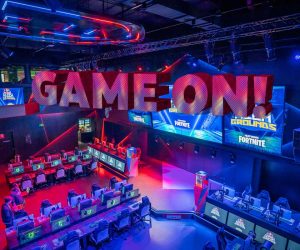

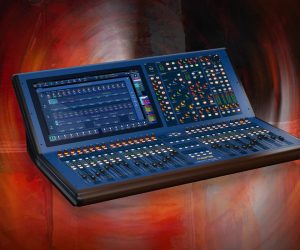
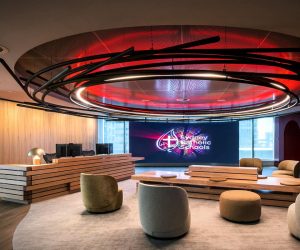



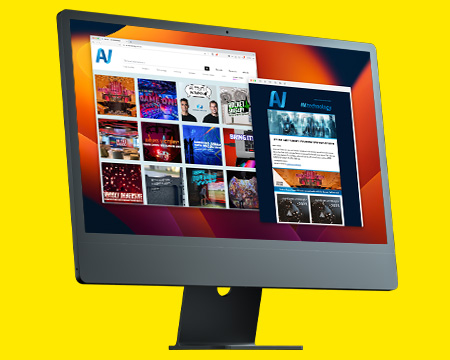

RESPONSES